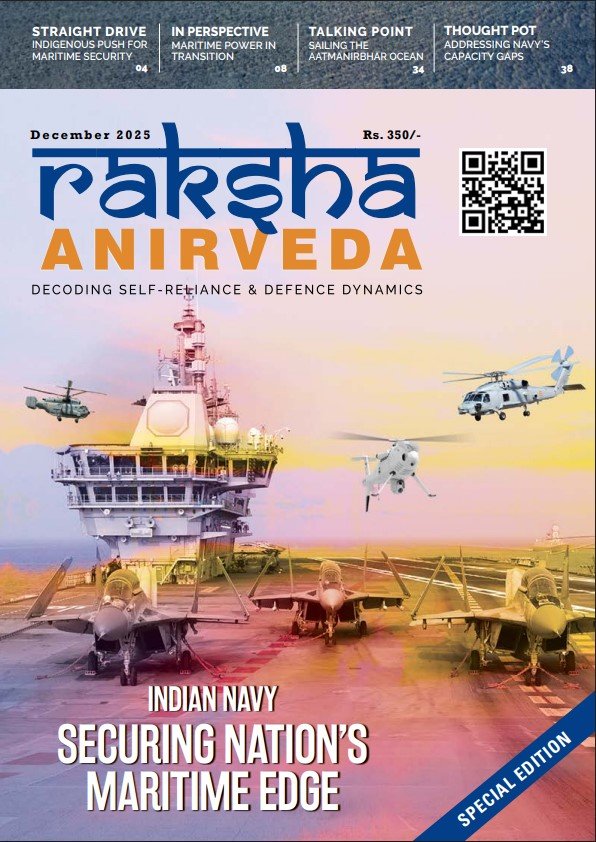New Delhi: The Ministry of Defence has recommended France’s Safran as the preferred partner for India’s ambitious ₹61,000 crore fighter jet engine development program. This landmark decision represents a pivotal moment in India’s defence manufacturing journey, marking a significant step toward achieving self-reliance in critical aerospace technologies while reducing the country’s long-standing dependence on foreign-made military power-plants.
Following an extensive consultative process involving detailed input from stakeholders and comprehensive assessment by a high-level technical committee, the Ministry of Defence concluded that Safran’s proposal offered the most beneficial terms for India’s strategic interests. The evaluation process scrutinised all critical aspects of fighter jet engine manufacturing, comparing competing proposals from France’s Safran and the UK’s Rolls-Royce across technical parameters, cost implications, and strategic alignment with India’s defence modernization goals.
Defence Minister Rajnath Singh has been instrumental in championing this indigenous engine development initiative, serving as a key driver behind plans to establish a comprehensive domestic engine manufacturing ecosystem in India. The minister’s leadership has been crucial in pushing forward this strategic collaboration that promises to bring advanced design and manufacturing capabilities to India’s aerospace sector.
The ₹61,000 crore initiative centres on the joint development of a 120-kilonewton (kN) thrust engine specifically designed to power India’s future combat platforms, most notably the indigenous Advanced Medium Combat Aircraft (AMCA). This next-generation engine represents a crucial technological leap that will enable India’s fifth-generation stealth fighter program to achieve its ambitious performance requirements, including super-cruise capability and enhanced stealth characteristics.
Safran’s winning proposal distinguished itself through its commitment to complete technology transfer, a critical factor that aligns with India’s pursuit of strategic autonomy in defence manufacturing. The French company’s development roadmap has been carefully structured to synchronise with the AMCA’s projected timeline, ensuring seamless integration of the indigenous engine with the aircraft’s overall development schedule.
India’s current fighter aircraft fleet operates exclusively on foreign-origin engines, with engine procurement and maintenance representing a substantial portion of overall fighter jet costs. Conservative projections indicate that India will require well over 250 next-generation engines within the coming decade to meet its expanding air force requirements.
The first squadron of AMCA aircraft will initially utilise US-manufactured GE-414 engines while the indigenous engine development progresses in parallel. This phased approach ensures continuity in the AMCA program while allowing sufficient time for the complete development and testing of the indigenously co-developed power-plant. The GE-414 engines, delivering approximately 98 kN of thrust, will power the first 40 units of the AMCA MK-1 variant.





